| বাংলায় পড়ুন | Researchers and Reporters: Tanjil Fuad Isfaqul Kabir |
BMW was one of the world’s top automakers at the turn of the 20th century. Later, the business provided Germany with automobiles and engines during both World Wars. The institution was therefore on the verge of being shut down entirely. BMW has recovered from that disaster and is currently valued at $60 billion.
Bavarian Motor Works is what BMW stands for. In October 1913, with Karl Fredrik Rapp’s assistance, BMW began operations as Rapp Motorenwerke.
From 1908 to 1911, Rapp worked for the Just Automotive Company and maintained a keen interest in engineering. Then he quit and became the branch leader of Flogark Netherlands. Flog Ark was on the verge of shutting down the business in the Netherlands. After that, Karl Rapp and his business partner Julia Ospitizer purchased the company for just 2 lakh German currency intending to produce various engines.
There was a growing need for aircraft engineers because of the approaching First World War. Thus, Rapp began producing aircraft engines. Because of several structural flaws in the engines he constructed, he was unable to make this effort.
Carl Rapp’s business was about to close because of the economic crisis. After being given the task of producing 600 aircraft engines for the Prussian Army, Rapp resumed his work with newfound vigor.
“BFW” is the new company that Rap Funk, Joseph Popp, and his financial partner formed. Later on, BFW was changed to the present-day BMW. In that year, the business debuted its now-famous logo. In 2018 the company went public on the German stock exchange.
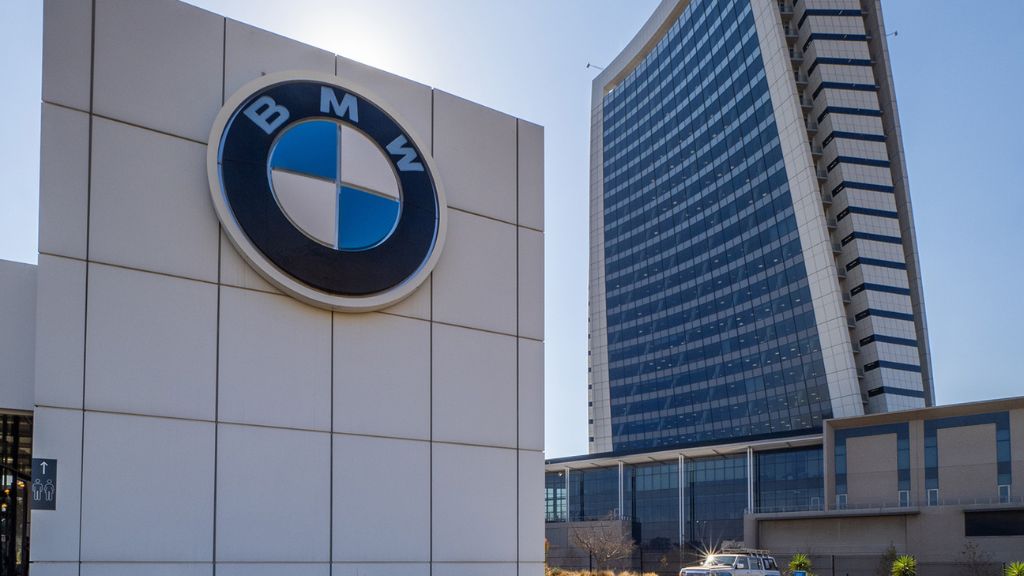
The fusion of luxury cars and modern technology – A symbolic image of BMW company. | Photo: Collected.
BMW suffered losses when Germany submitted to the Allied Powers under the Treaty of Versailles at the end of World War I. According to the agreement, Germany was not allowed to manufacture any of the aircraft’s engines. After that, they focus on different railway equipment. At the Paris Motor Show in 1923, the business displayed its first motorcycle. They had previously been manufacturing engines for different cars, but this was their first entirely self-built vehicle.
In 1929, the BMW 315 was the company’s first automobile. The public’s trust in the institution grew over time. A new model, the BMW 303, was introduced by the business in 1932 and included everything, including the engine and design.
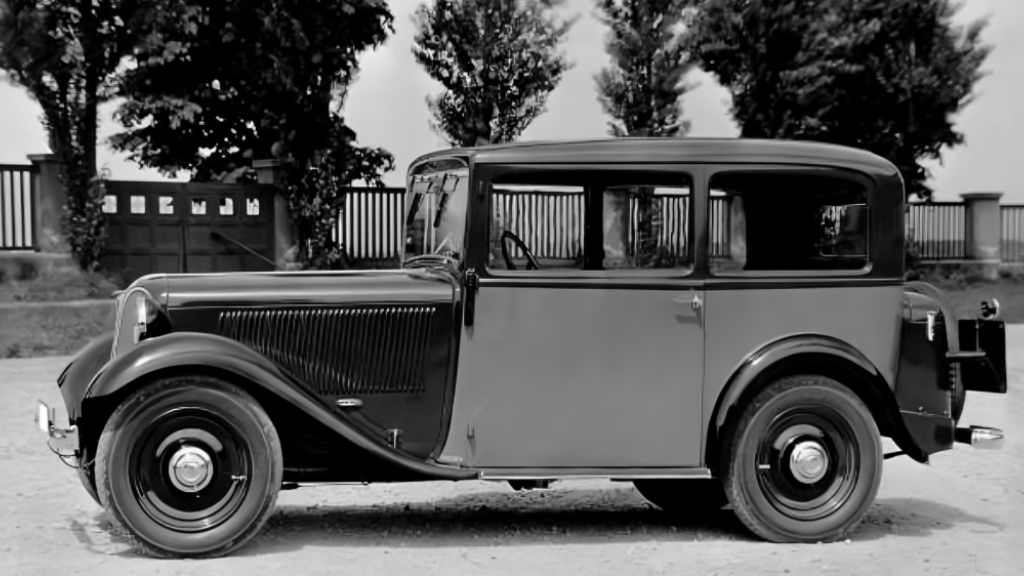
BMW 303 – BMW’s first six-cylinder classic car, a witness to the company’s heritage. | Photo: Collected.
At the time of Adolf Hitler’s accession to the German throne in 1933, BMW became an arms manufacturing company in addition to manufacturing engines, motorcycles, and cars. The German government helped the company in various ways in the production of weapons. All BMW factories were closed by the Allies after the war for supplying weapons to the German army in World War II. To avoid bankruptcy, the company started manufacturing a variety of cooking products.
Later in 1948, BMW replaced their R-23 model with the R-24 motorcycle. In 1951, the company launched their first car called the BMW 501. Although the car was made to target the elite class of society, it did not sell as expected. Although the company’s products are of good quality, the business could not be successful because of the excessive price. At that time, BMW wanted to buy one of its rivals, Mercedes-Benz. German entrepreneur Herbert Quant bought most of the company’s shares to save them from being sold, and their financial situation improved somewhat.
The R-24 motorbike was BMW’s replacement for the R-23 later in 1948. The BMW 501, the company’s debut vehicle, was introduced in 1951. The car did not sell as well as anticipated, despite being designed to appeal to the affluent segment of society. Even though the company produces high-quality goods, the exorbitant prices prevented the business from succeeding. The goal of BMW at the time was to acquire Mercedes-Benz, one of its competitors. To prevent the company’s shares from being sold, German businessman Herbert Quant purchased the majority of them, and their financial status somewhat improved.
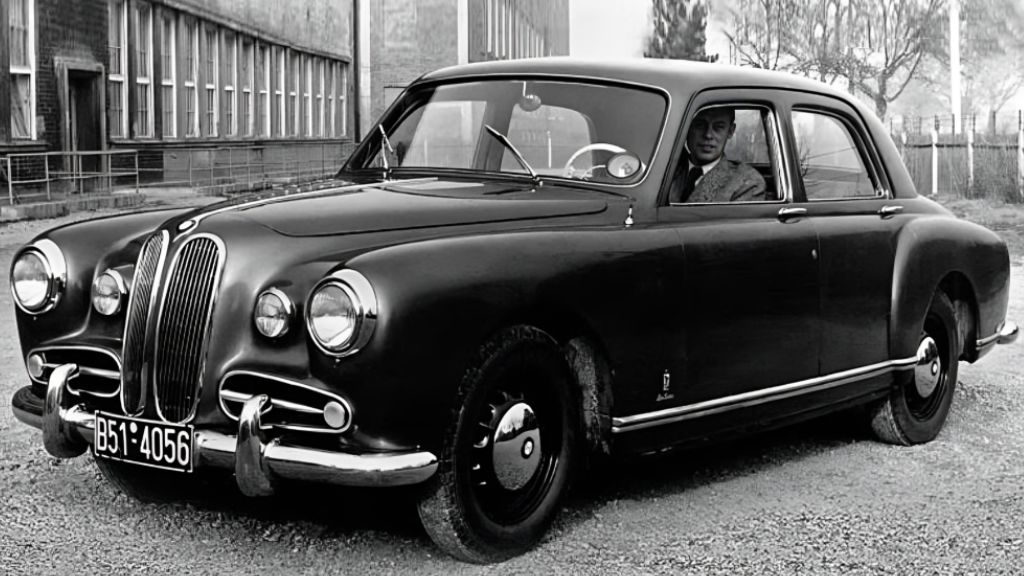
BMW 501 – A fusion of classic style and luxury, BMW’s first post-war sedan model. | Photo: Collected.
They subsequently introduced their 700 series vehicles to the market. The business introduced new motorbike models and 1500 automobile models to the market as part of its continuing. BMW debuted its new class of tiny automobiles in 1962. This lineup is mostly used by the corporation to investigate the potential for producing the current sports vehicle. The E-Nine was one of BMW’s new six-seater vehicles that were released in 1968. Roughly 30,000 pieces are sold. The firm responded to consumer demands by introducing the Series-6 model of automobile in 1976.
During that period, drivers who drove BMW vehicles had great success in a variety of auto racing events. BMW automobiles thus competed in and won the title in Formula-1 and Formula-2 car racing events.
One of the company’s most recognizable vehicles to this day is the M-3 model, which was introduced with the help of the motorsports division. After that, BMW introduced the Red-1, a two-seat roadster car that was initially a large project that was put into mass production. A total of 8,000 units of the sporty, roofless, fashionable two-door automobile were made between 1988 and 1991. Other bands in the industry introduced similar kinds of cars after noticing their success. The Z-3 and Z-8 versions were introduced to the market later in 1995 and 2000, respectively, however, they are no longer produced. The only Rosta still in production, meanwhile, is the BMW G-4 from 2002.
BMW initially set up its shop in Bye, Germany, in 1994, in South Carolina, USA. The business was able to establish a completely new luxury market in 1999 by introducing its X-5 sports car, as SUVs gained immense popularity globally. One important element in the development of the company is the Rover Group’s acquisition of this market from BMW.
The public’s reaction to the employment of BMW vehicles in films like James Bond was also very strong at the time. The company’s vehicles are also featured in films such as Mission Impossible, Fast & Furious, and The Transporter.
When it came to purchasing Rolls-Royce, BMW and Volkswagen, a German corporation, were in fierce competition. Vickers, Rolls Royce Rose’s previous owner, decided to sell the business in 1998. Due to its long history of providing Rolls-Royce with engines, BMW had an early advantage in the bidding process. However, BMW ultimately succumbed to Volkswagen’s £430 million offer.
Initially, Vickers retained the Rolls-Royce aircraft engine production section while selling all automobile manufacturing to Volkswagen. However, Rolls-Royce does not share its well-known logo or brand name. BMW took advantage of this by paying £40 million to Rolls-Royce for their band name and emblem. BMW consequently ceased providing Volkswagen with Rolls-Royce engines. Volkswagen came to the realization that the engine could not be produced in time. They and BMW are seated at the negotiation table.
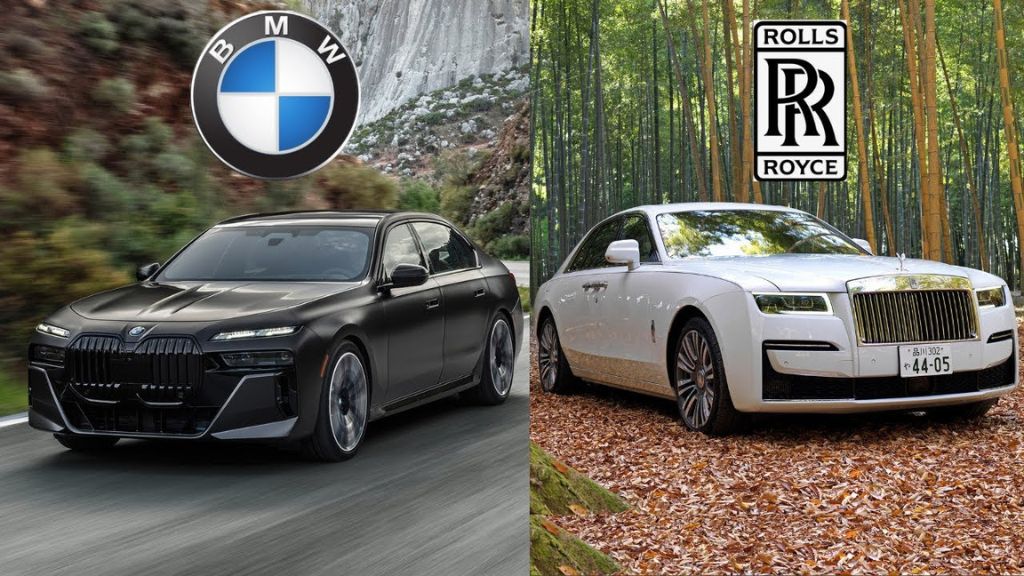
BMW and Rolls Royce – Differences in features and standards of luxury. | Photo: Collected.
The agreements allowed BMW to use the Volkswagen name and badge and supply engines to Volkswagen for the Rolls-Royce automobiles between 1998 and 2002. BMW has been exclusively producing Rolls-Royce vehicles since 2003. BMW’s Ghost, Vantam, and Wraith models for Rolls-Royce were introduced, and they were well received worldwide.
Furthermore, BMW acquired the renowned automobile manufacturer Rover Group from British Aerospace.
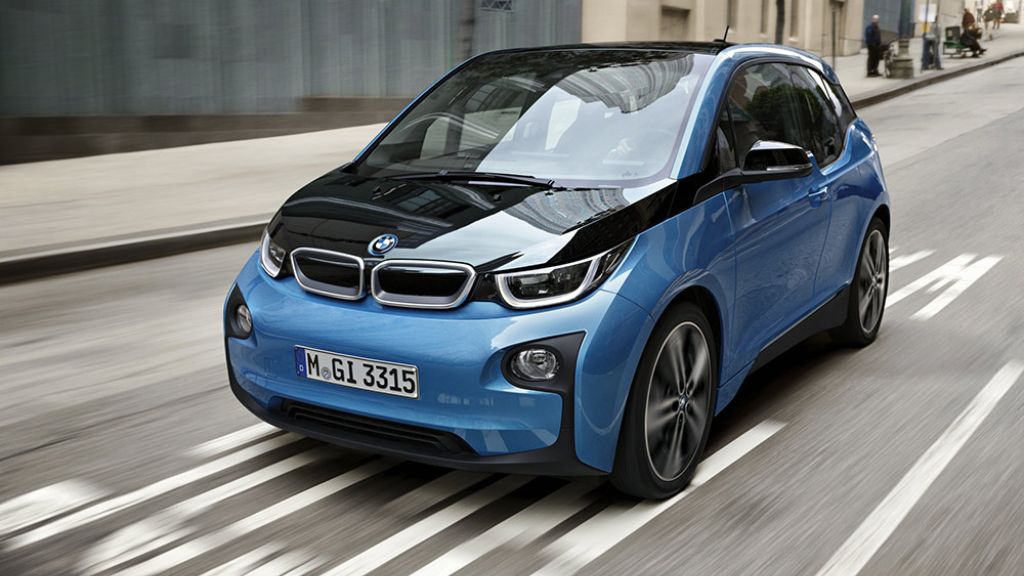
BMW i3 – A combination of modern design with environmentally-friendly technology. | Photo: Collected.
The global auto industry is gradually producing electric vehicles. This was the same year that BMW introduced its first hybrid vehicle in 2010. Next came the BMW i3, the company’s first electric vehicle, in 2013.
In the global market, BMW is now ranked eighth. Of the company’s automobiles, 33.5 percent are imported from China, and over 10 percent are sold in America and Germany. At present, BMW has about 60 million dollars in total capital.

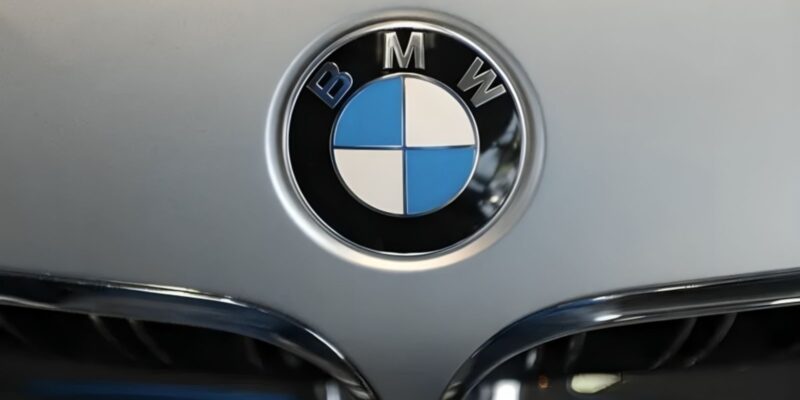









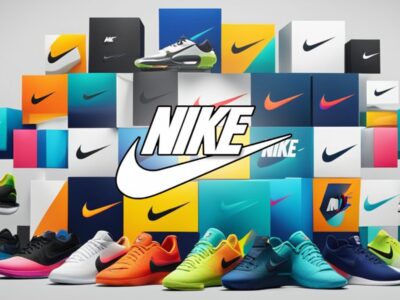

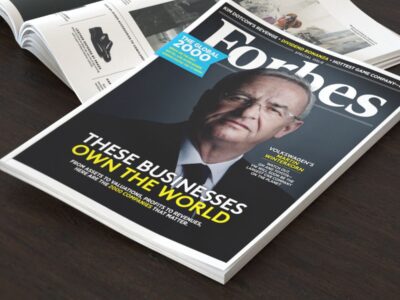















Comments